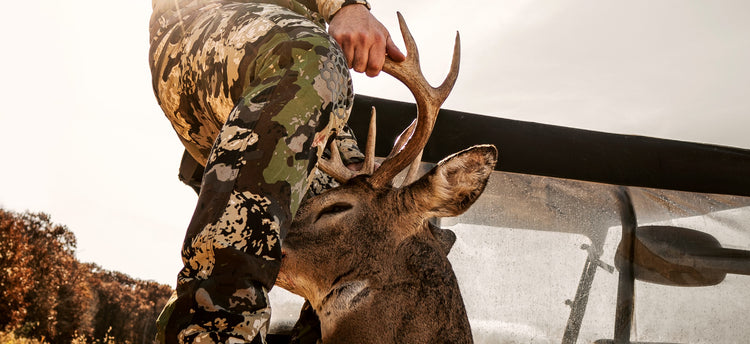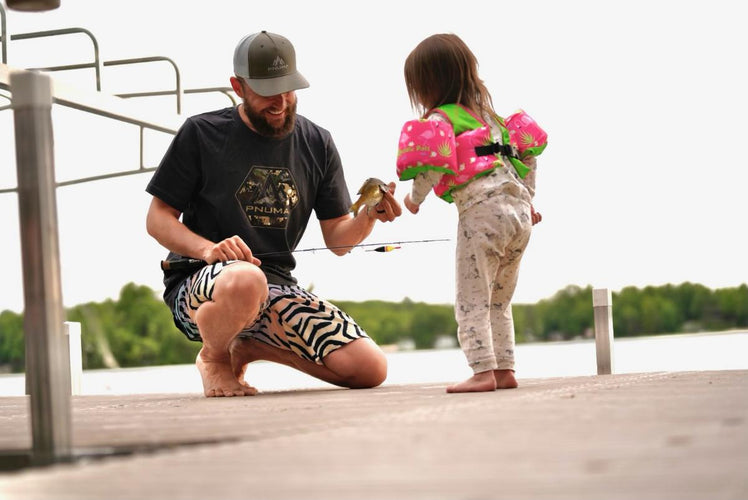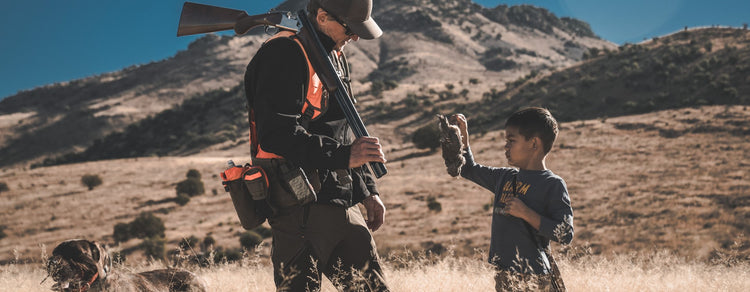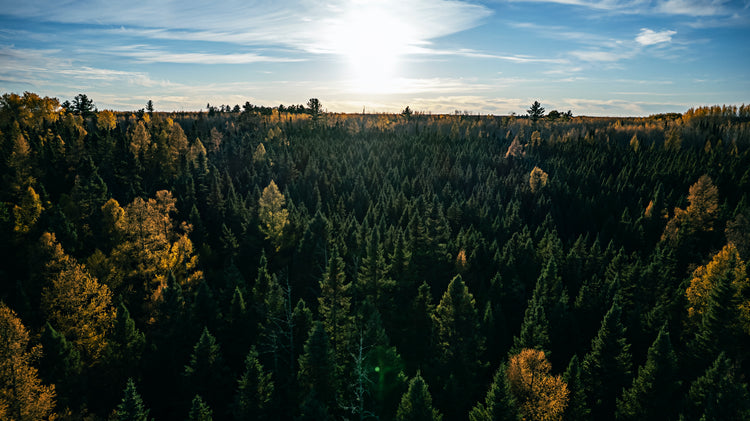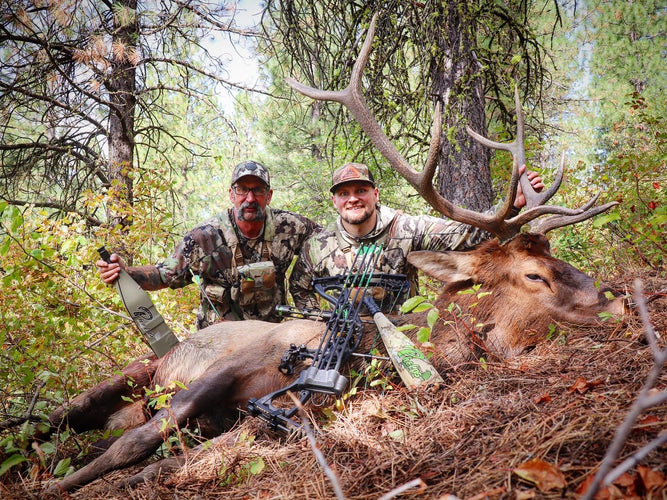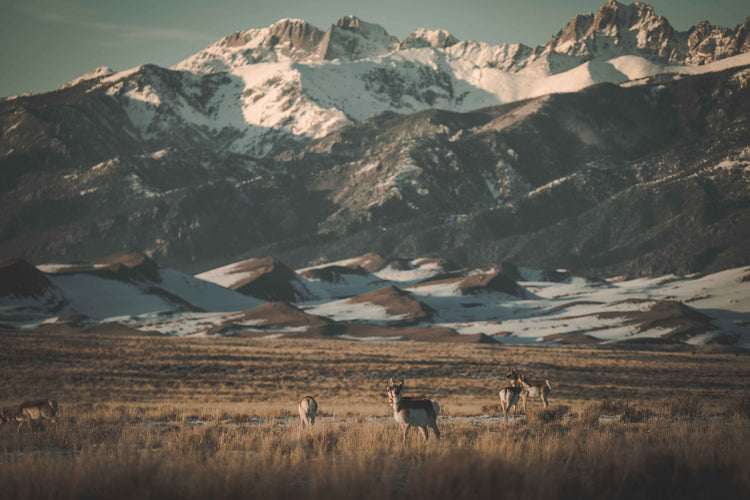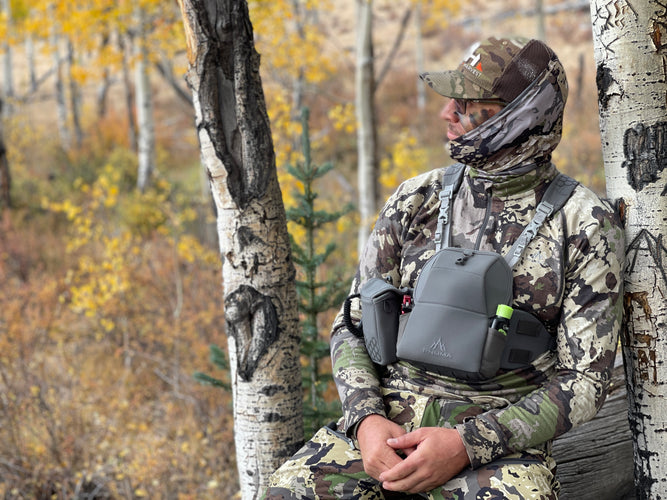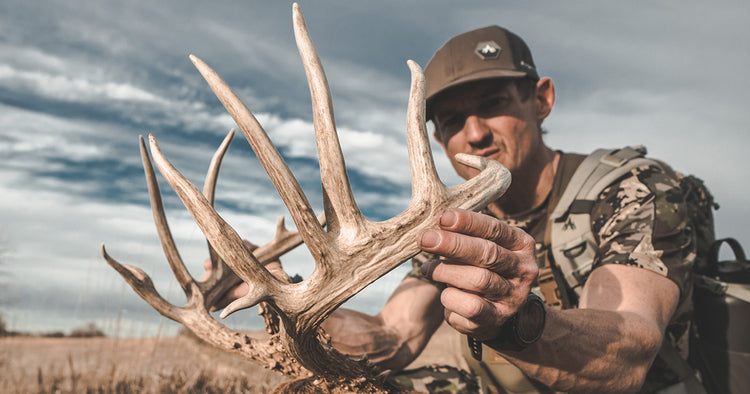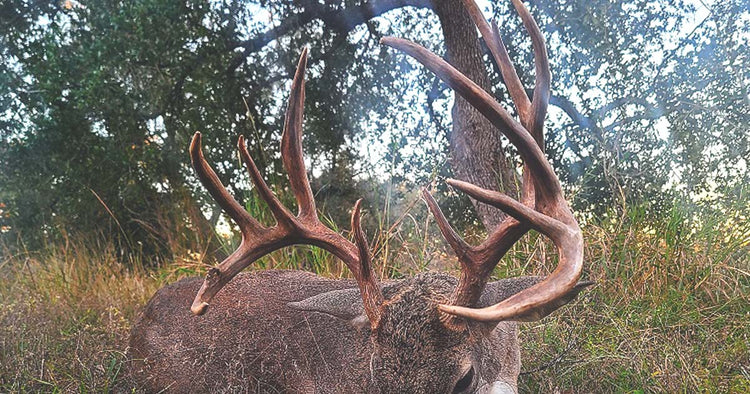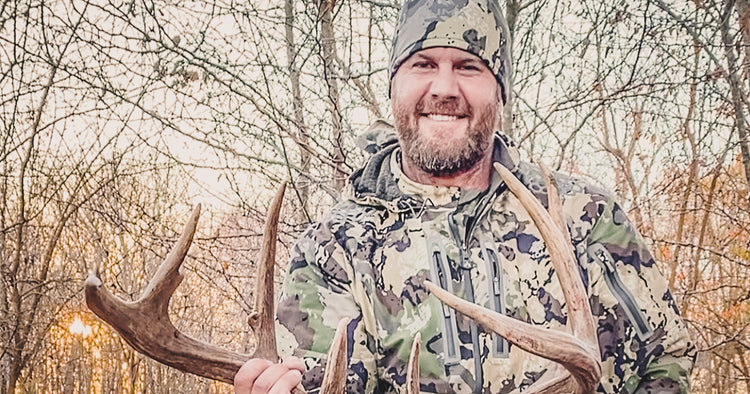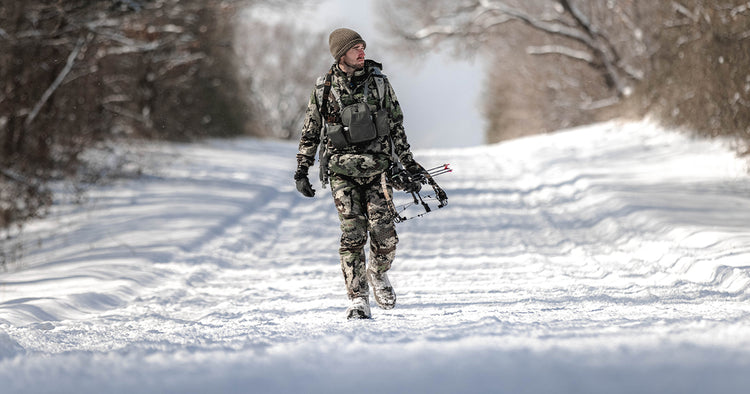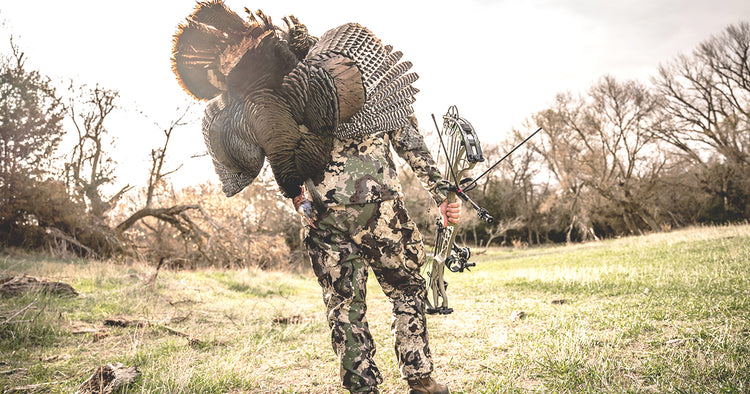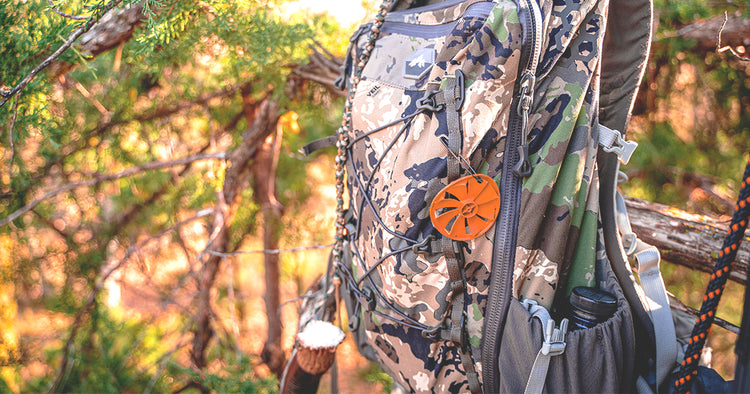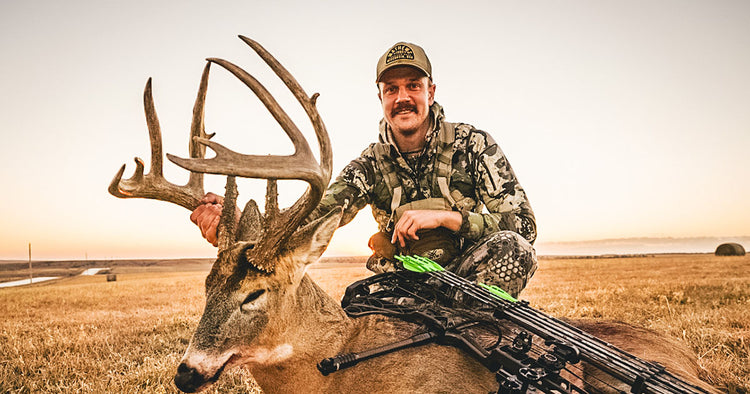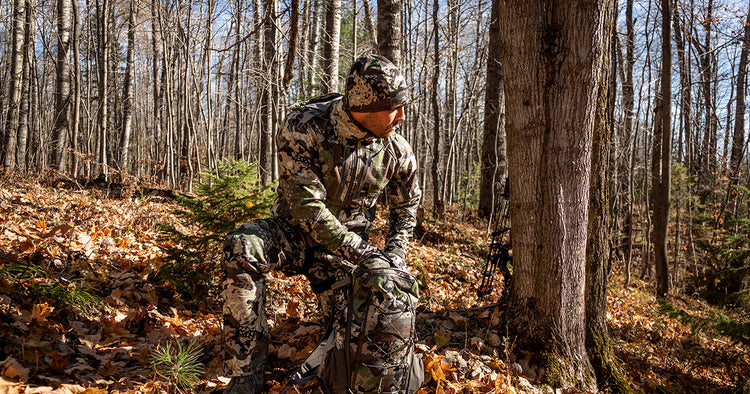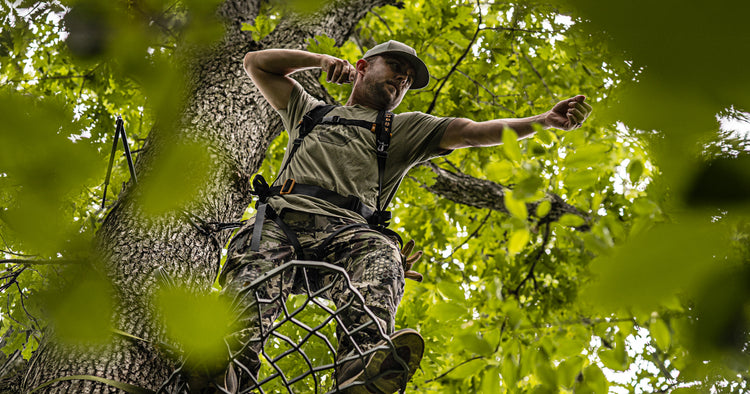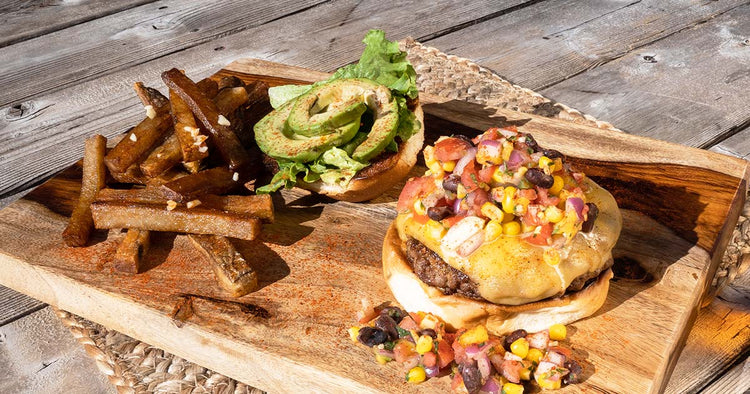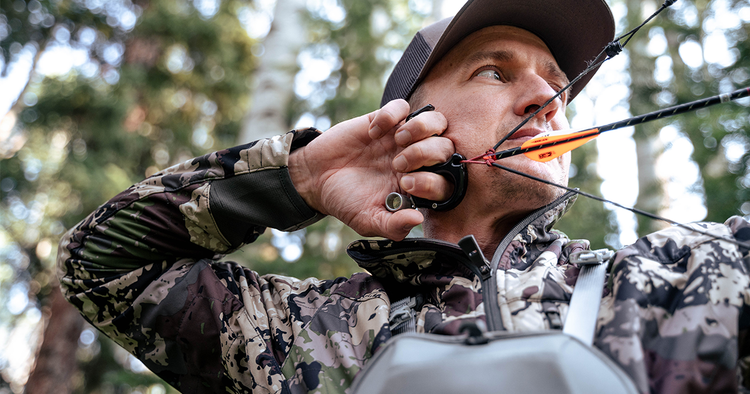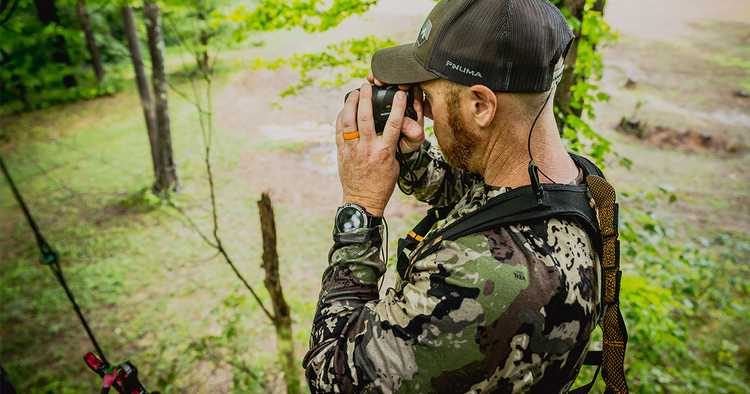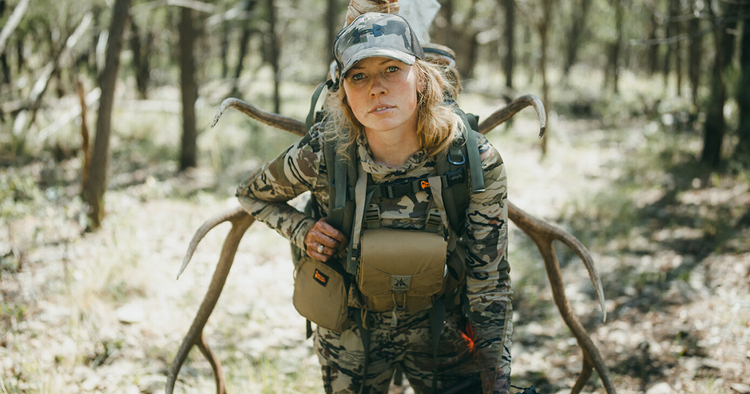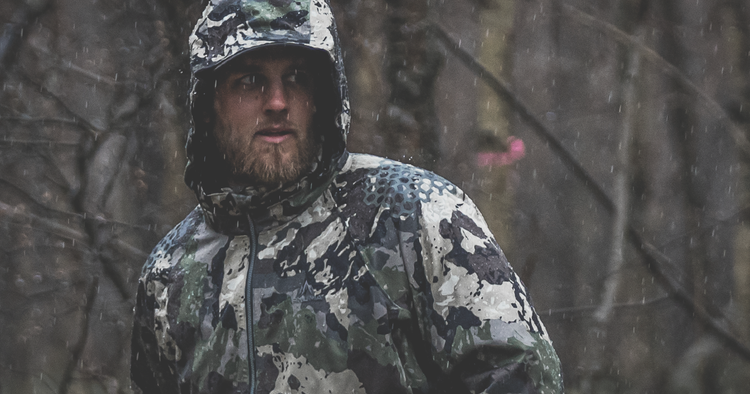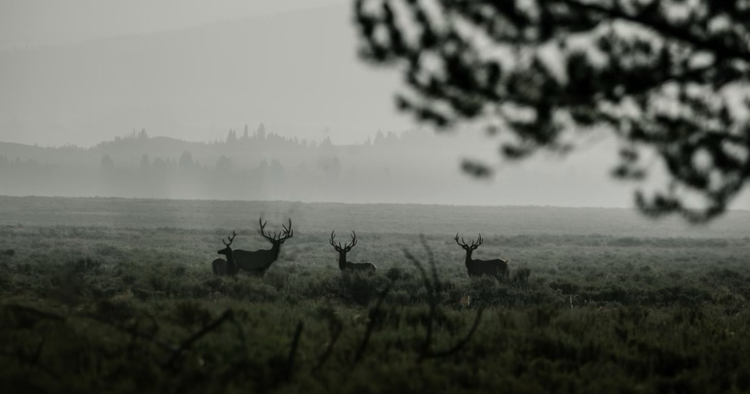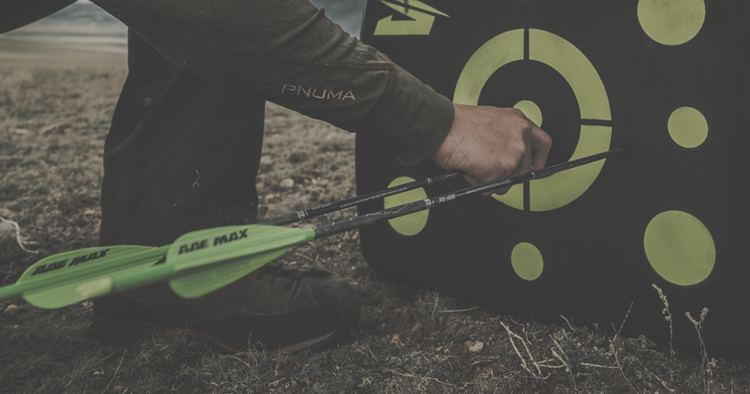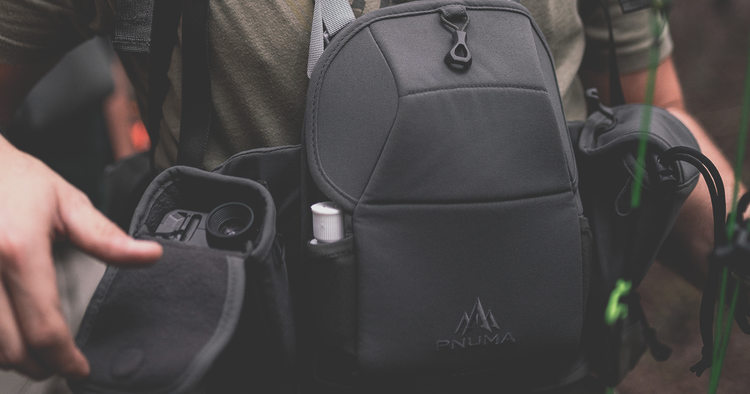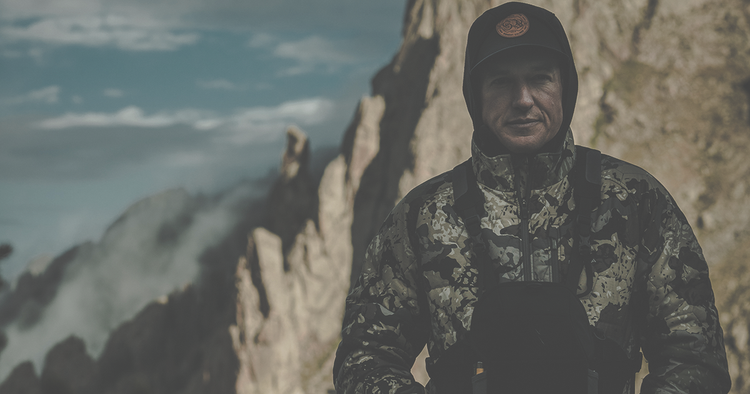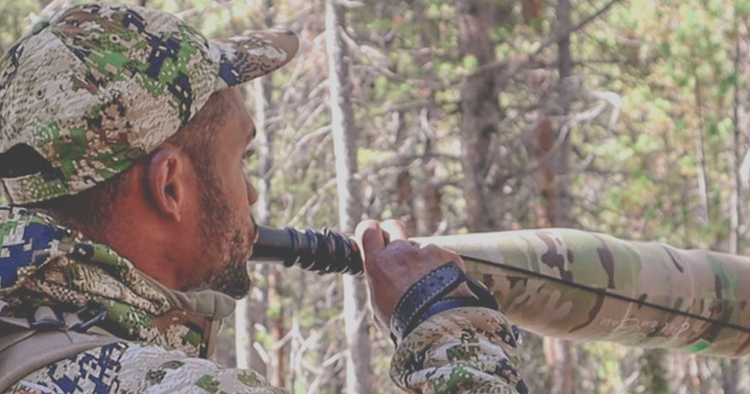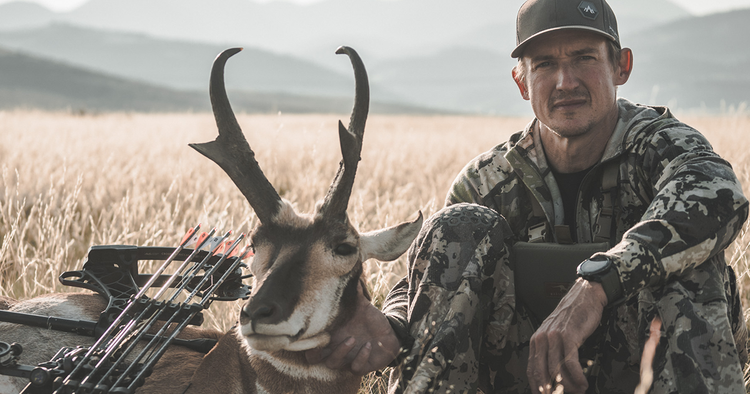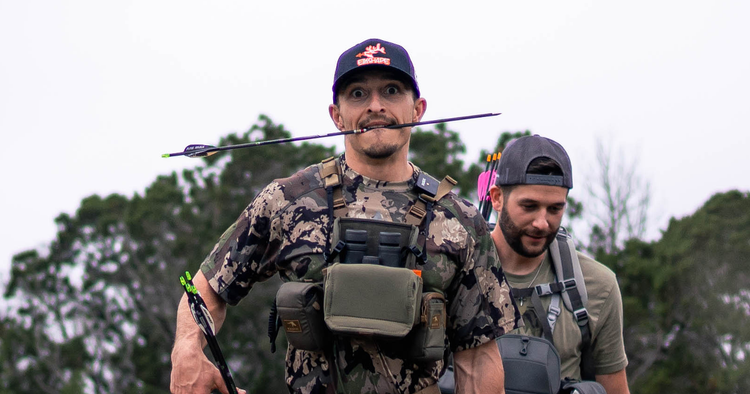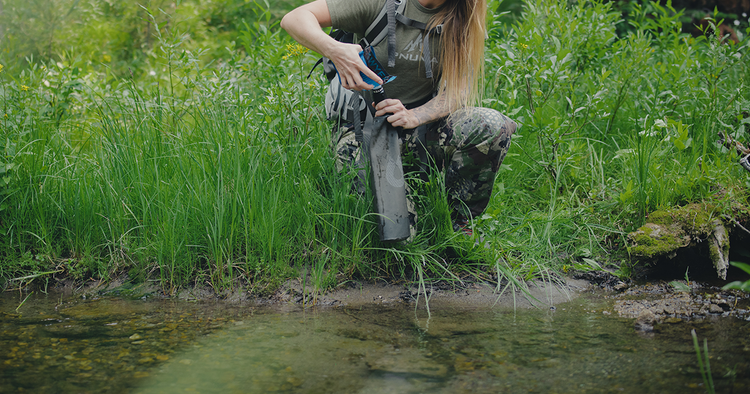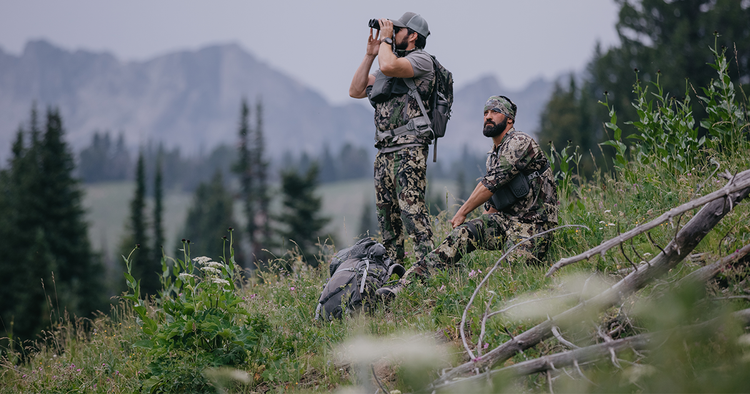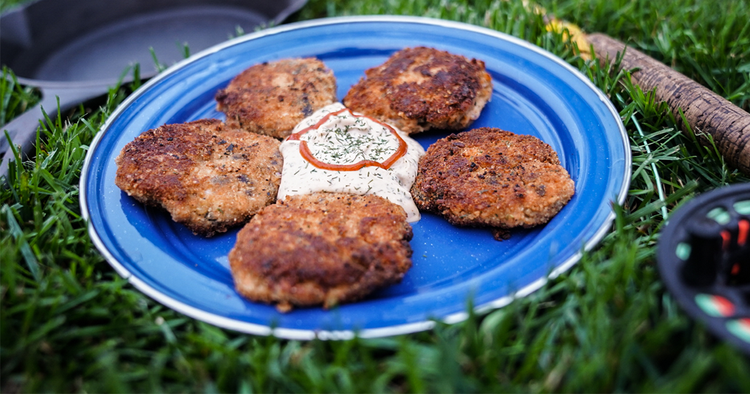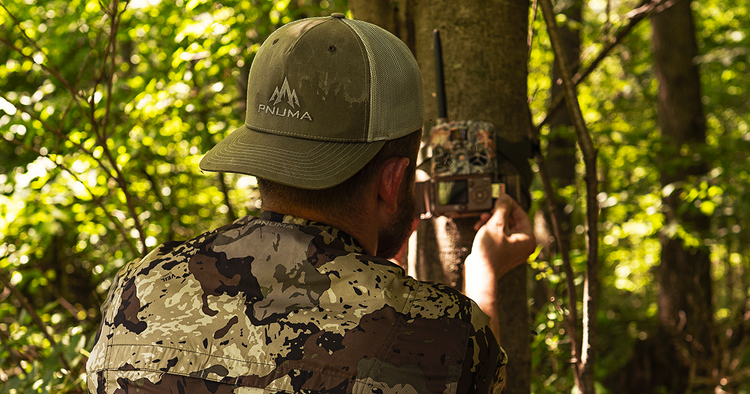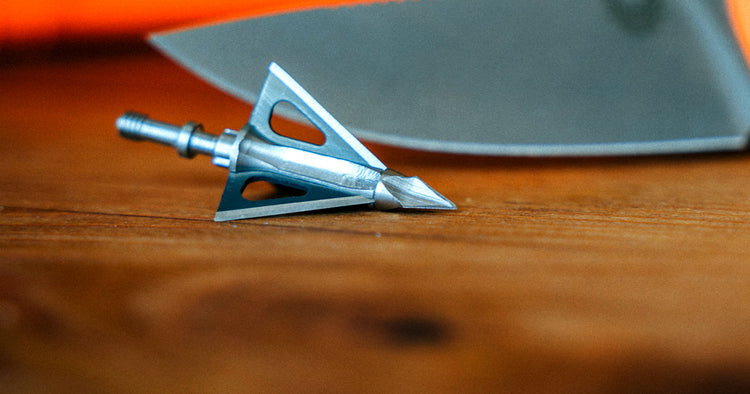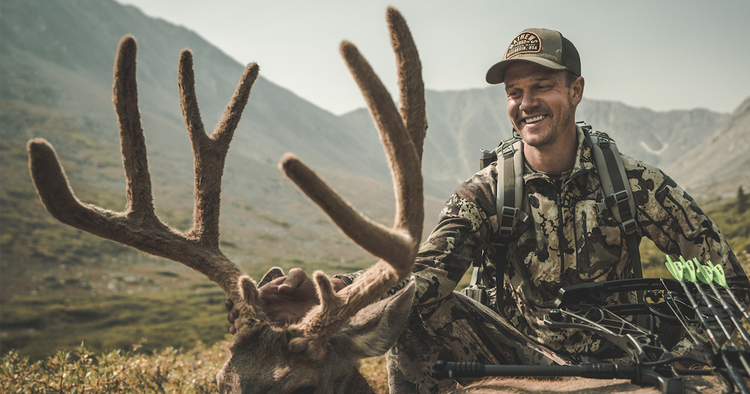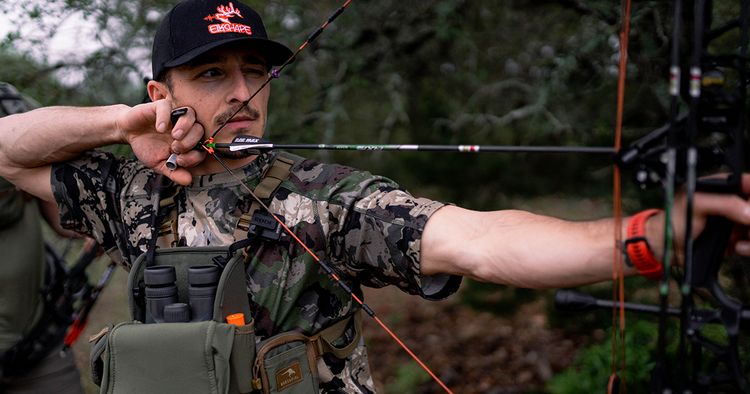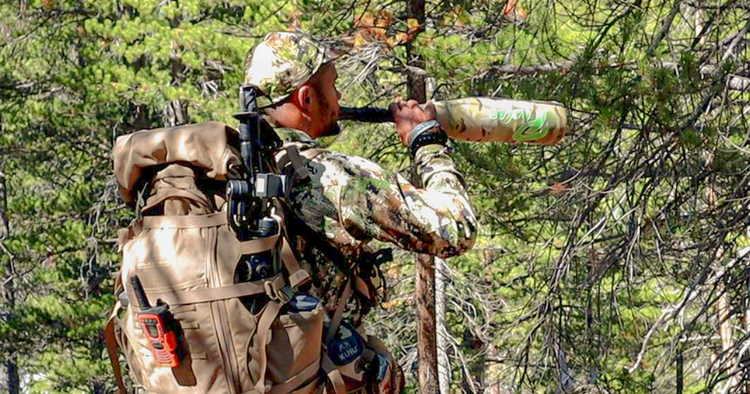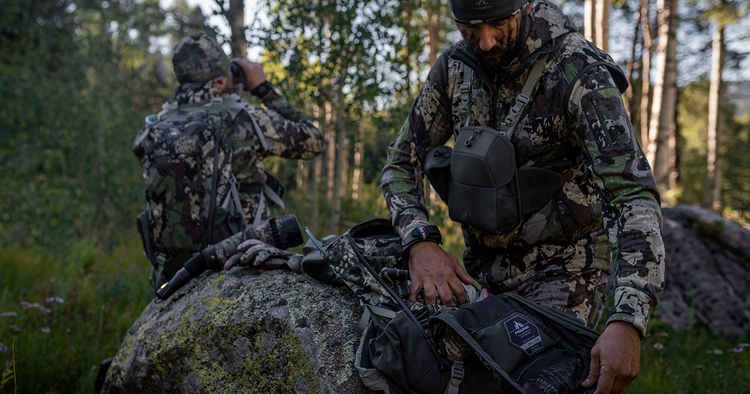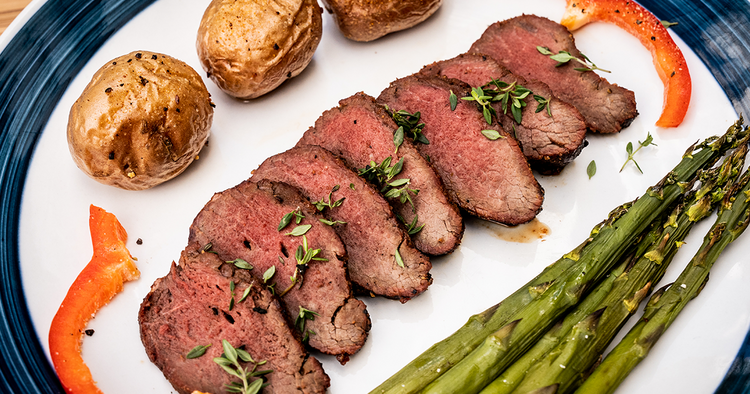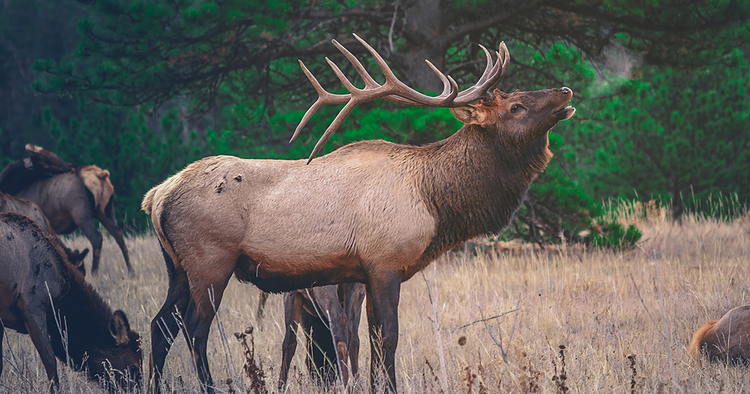Survival
Hydration When Hunting The Backcountry
The human body is a resilient machine yet in some ways is incredibly delicate. We can survive a long time without many of the things that we are used to having every day but one of the most important things that we need and cannot survive long without is water. Water is an essential for life as we are made primarily of it. Our brains are around 75% water and when we are fully hydrated we enjoy proper transportation of nutrients throughout our bodies, appropriate ratio of water in bodily fluids, properly moistened eyes; mouth and nose, proper PH and electrolyte balance, adequate blood volume, ability of the body to properly perform many needed chemical reactions, reduction in constipation leading to better hormone balance, possible reduction in cancer risk, help in maintaining ideal body temperature and a reduction in the risk of kidney stones.
Stages of Dehydration
Humans can generally survive only 3 days without water. We lose water daily from sweating, breathing and urinating. Generally, we lose anywhere from 1.4-2.8 liters per day. As we become dehydrated, we begin to experience the following signs and symptoms: thirst, concentration issues, severe anxiety, confusion, feeling hot, reduced performance, blurred vision, delirium, inability to stay awake, faintness even while lying down, inability to stand or walk, rapid breathing, weak or rapid pulse and loss of consciousness.
1% Dehydration- We begin the feeling of thirst and experience a reduced ability to concentrate.
5% Dehydration- Our body temperature begins to rise and we feel hot. Our heart rate increases and our ability to perform is reduced.
10% Dehydration- Our vision becomes blurred and we are now delirious.
20% Dehydration- This can result in death.

Preventing Dehydration
To prevent dehydration, is it important to drink enough water throughout the day. The amount that your body needs is dependent upon a few things but a good rule of thumb is to drink at least half of your bodyweight in water daily or 100 oz, whichever is greater. When we are hunting and expending energy it is imperative that we are consuming water throughout the hunt. When heat is high, we lose extra fluids through more sweating and need to replace them as well as the electrolytes lost in the sweat. When the balance between water and electrolytes is off, our muscles and nerves are affected as well as other important systems in our bodies. One of the simplest things you can do to dramatically improve your overall health and performance is simply drink enough water. It is not flashy or grandiose and won’t get you accolades around the campfire at night, but it may be the difference in you scaling the ridge to that bull or hitting a wall and having to quit.
One of the easiest ways to stay hydrated during a hunt is to use a water bladder in your pack. Having the ability to drink from your hose without having to take off your pack or have a buddy get your bottle out will obviously allow you to drink more often and more consistently which in turn will keep you better hydrated. Bring a bladder that can carry at least 100 oz at a time.
Cleaning Water In The Backcountry
When hunting the backcountry, it is imperative that we have the ability to sterilize and filter water. We cannot carry enough water on our backs to sustain us for weeks in the backcountry so we must be able to obtain it from our hunting area. There are many popular ways to filter and sterilize water. My personal favorite is the Katadyn Hiker Microfilter. This filtration device physically removes particles, protozoa and bacteria down to 0.2 microns in size which includes many of the culprits we recognize in local areas that cause dangerous physical illness such as giardia, salmonella and crypto sporidia.
Filtration Devices: This is just one of many great filtration options out there. Some of the other popular ones include: Platypus QuickDraw Microfilter System, Lifestraw (A few variations are available.), Geopress Purifier, Sawyer Squeeze Water Filter System, MSR HyperFlow Microfilter, Katadyn BeFree Collapsible Water Filter Bottle etc. You can also use water purifiers such as the SteriPen, Aquamira Water Purification treatment or Potable Aqua Purification tablets but these do not filter particles out of the water so you will either need a very clean water source or you will need to not mind drinking water with bits floating in it. You can use a cloth, coffee filter, similar material or moss to filter out large particles but the filtration devices purify and filter the water for you. If you know you are going somewhere with a clean water source then simply bringing something to purify the water is a lightweight and simple solution. If I am not certain of flowing, clean water sources I would personally prefer a filtration device that allows me to obtain clean drinking water from a simple pond.
Boiling Water: Another option for purifying drinking water is the old-fashioned method of simply boiling it. This method works perfectly if you boil the water for at least one minute. You may still want to run the water through a coffee filter or cloth to filter out particulates. This method requires a hot consistent fire and a pot which makes it much less convenient and accessible.
There are so many great ways to obtain safe drinking water when in the backcountry that one never needs to be in a situation where they are seeking water in a survival manner. If you plan ahead and make sure to have a purification or filtration method with you at all times and know where your water sources will be you will prevent the need to have to obtain it from one of these more primitive and difficult sources. Should you find yourself in an unanticipated survival situation without any water filtration or purification devices and no pot or fire to boil water with there are other methods of obtaining safe drinking water although they are much more difficult and time consuming.

Finding Water
One of the first things to do in a survival situation after attending to any safety or injury concerns is procurement of safe drinking water. In some situations, simply finding water itself can be a challenge. Earth’s water can be sourced from above the earth in the air and clouds, on the surface of the earth in rivers, oceans, lakes, streams, ice, plants and living organisms and inside the Earth in the top few miles of the ground. Thinking outside of the usual sources might be your best bet if you are not near a body of water.
Lakes, Ponds, and Rivers: Your first choice should be an obvious one. A lake, pond, river or stream. Locating these can be easy if you have a map or GPS device that shows geography. Understanding the lay of the land and orientating yourself may help you identify drainages that lead to water sources. Fast flowing water at higher elevations away from human and livestock habitation is the best bet for decreased likelihood of contamination. If the water has an oily appearance on the surface, there are animal remains in or near the water or mineral deposits along the edge of the water it is not a good source and likely contaminated.
Water Cash or Puddles: If these sources are not available your next step would be to look for a natural water cash or puddle. Large rocks, crooks of trees, crevices or any formation that would pool water and is in the shade is a good place to check. If you are in a dry environment but notice a lush green area that can be an indication of a natural spring or water cash. You can collect small amounts of water by soaking cloth in it and wringing that out into a container.
Animal Trails: Following animal trails downhill or animals themselves at dusk can often lead to water as they have to go each day and drink. Bugs can also give us hints as to water in the area. Most flies stay within 100 yards of a water source.
Rain: Rain is your next best bet for drinking water. It is naturally cleaner than anything you will find on the ground but it is not readily available. Being set up to take advantage of any rainfall can be rewarding if the rain actually comes. Building a catch can be fairly easy using a tarp, leaves or cloth to funnel the water into a container. It is wise to have a backup container or area to catch excess water should it rain a lot. Saving as much water from a rainstorm as possible is ideal as there is no telling when it may rain again. Digging a hole in the ground and lining it with clay is one method used to contain rainwater below a catch.
Digging: If rain is not in sight and you cannot find surface water you will have to get creative. Digging a deep hole into wet dirt or sand in the same places where you might find a puddle or under patches of green vegetation can create a seep. The hole will eventually fill with ground water. You can also collect dew in the morning using a cloth soaked in the dew to wring out into your container. Creating a catch for dew to collect on can help as well. Distilling water from anything moist such as plants, wet soil and even urine can be your last method of procuring lifesaving water. This method requires a plastic sheet such as a tarp or poncho. Dig a hole in a sunny spot to create a hot box, add your collection container to the center, fill the area outside the container with your moist items, (plant cutting, wet earth, urine etc.) Cover the top with your plastic sheet held down on the edges by rocks, earth or logs. Place a small rock in the center of the sheet so that the liquid that condenses on the underneath side of the sheet runs to the center and drips into your collection container. Salt water can also be distilled using this method to render it drinkable. This method is time consuming but could save your life if there are no other options available to you.
Snow: Melting snow and ice can also provide you with water. Melting it is preferred as it saves your body from the reduction in core temperature you incur from eating it while frozen. If you do not have fire to melt it you can fill your bottle with it and place it under your coat allowing your natural body heat to melt it. Ice will provide much more water than snow due to its density.
When I was in the Arctic on the survival show Alone: The Beast, I was blessed with access to the incredibly good drinking water from Great Slave Lake. I was able to drink the water straight from the lake without fear of contamination. The difficulty that I experienced with staying hydrated came simply from a lack of any sort of container to carry and hold the water in. My drinking water was a trek from my food source and safe campsite so I had to travel for it many times each day and stay at the water’s edge for quite some time using just my hand in the icy water to drink from. It takes a long time to get enough water to quench your thirst in this environment even though I had a giant lake of water to drink from. I eventually found a burl from a log that was in the shape of a ladle and that small little cup like tool was such a game changer. I no longer had to wait between drinks for my hand to warm up as it would become numb instantly in the icy water. It enabled me to drink to hydration much more quickly. It also gave me a cleaner surface to drink from as my hands were being used for dirty tasks like skinning and gutting my moose as well as drying the meat and I had no tools or soap to minimize my contact with the bacteria or clean it from my skin.

Finding yourself in a situation where survival techniques are required to procure water is usually avoidable with proper planning. When you are headed into the backcountry and plan to use natural water sources for your drinking supply it is imperative to identify those sources before you head out. Creating a plan that includes the location of water procurement and the necessary equipment for filtering and purifying it will ensure you enjoy a hydrated hunt that is free from the risk of health issues due to dehydration and ingestion of contaminated water. Happy Healthy Hydrated Hunting!
About the Author:
Lindsay finds herself in the field on multiple trips a month from September to June. In 2020 she was one of the featured survivalists on the History Channel show 'Alone: The Beast' where she, along with two strangers, were dropped in the Arctic wilderness and were told to survive with minimal gear. With our Selkirk suit protecting her from the elements, Lindsay persevered and completed the challenge with no tools. She alone lasted the entire 30 days.





